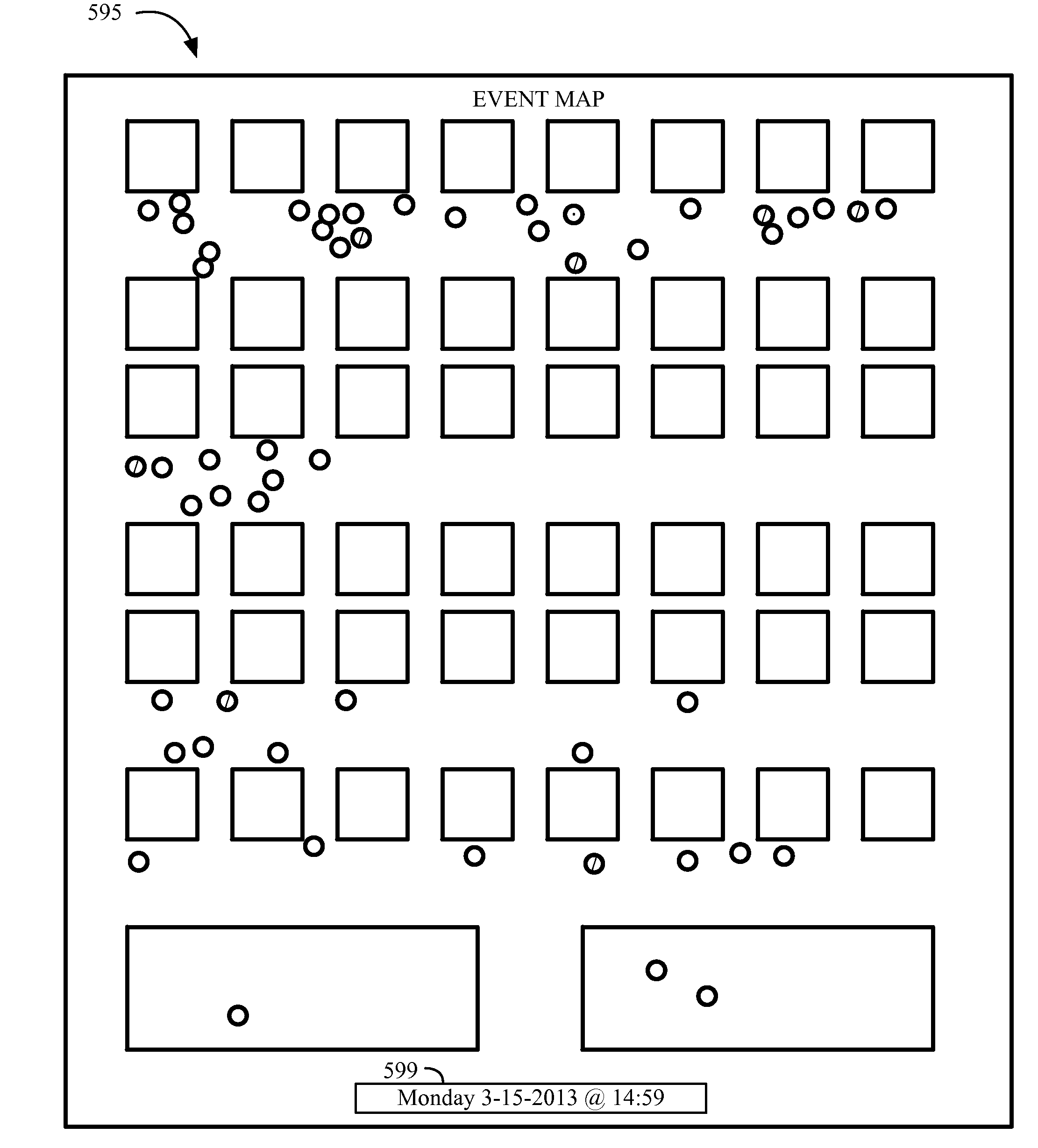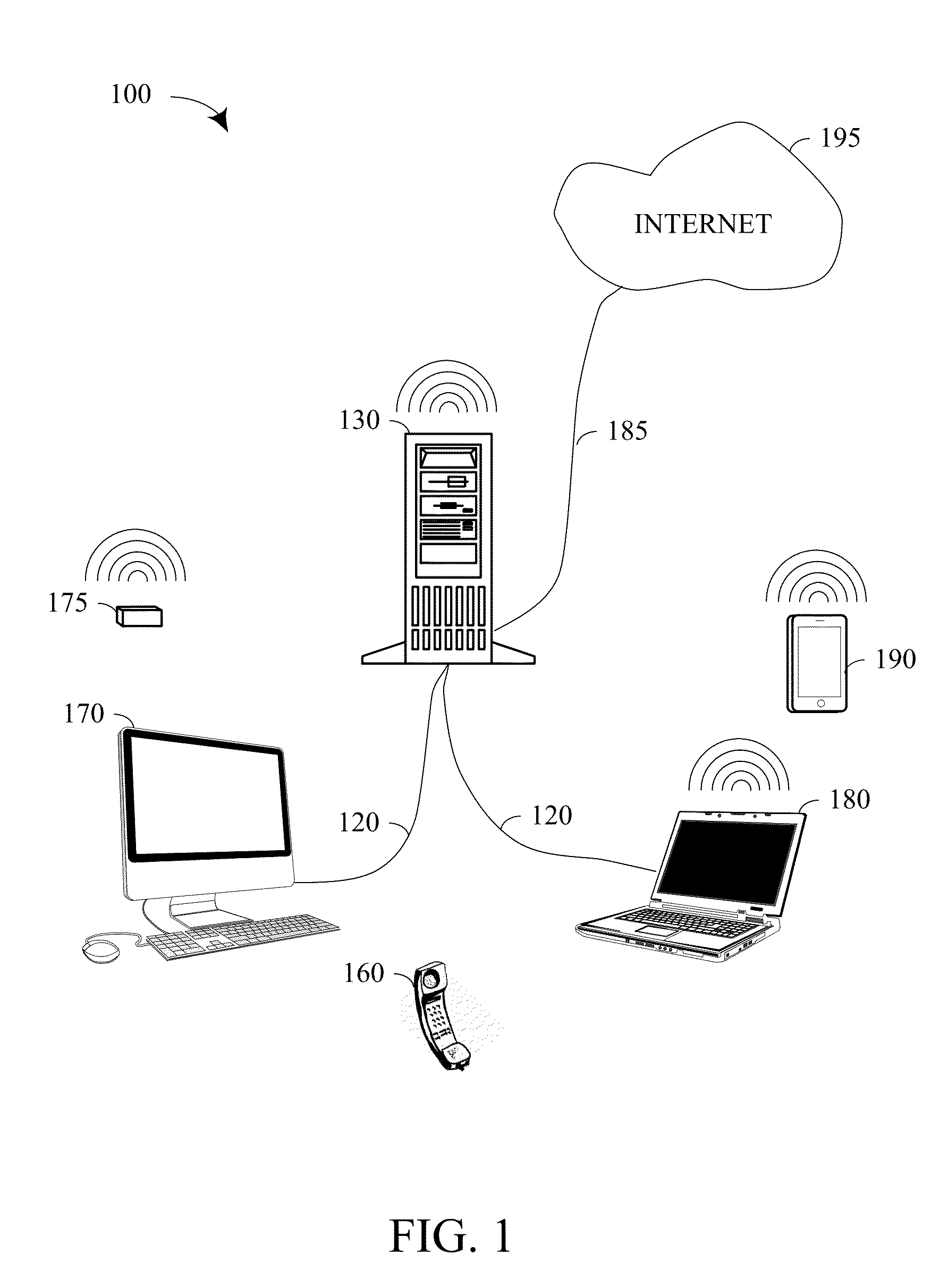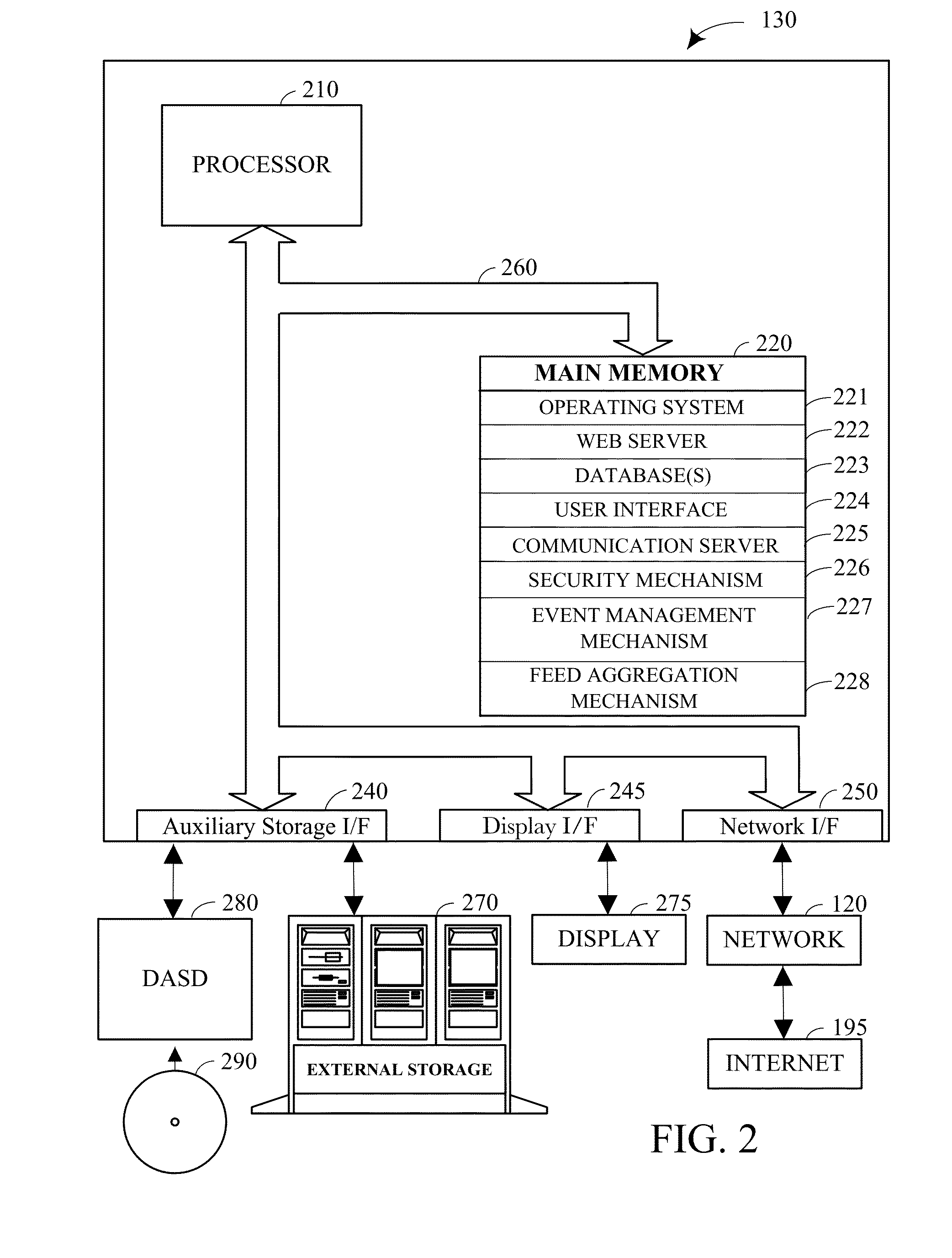However, it is often difficult for the vendors and exhibitors to be noticed in the cacophony and
confusion of the exhibition hall.
Similarly, it can be difficult for event attendees to locate specific vendors or exhibitors, even with a map.
Since the materials for the event are often printed up and mailed out months in advance, changes to the exhibition hall may not timely reach the intended audience.
Even if an event attendee has an initial understanding and opinion of which vendors may be most valuable to visit, that may change over the course of a multi-day event and input from other event attendees may alter the planned schedule for visiting vendors.
This can lead to endless
backtracking and the associated waste of time associated with a rescheduled booth visitation schedule.
Further, for many event attendees, they only hear about a new and promising product and service from a vendor in the exhibition hall after the event has concluded because their was no way for them to learn about the vendor in real time, while attending the event.
This missed opportunity can be frustrating as well.
However, it is not uncommon for the event attendees to find it difficult to schedule and keep track of the many scheduled activities that they would like to attend and be involved with.
While many venues provide maps and directions, the sheer size of the venue and volume of choices can make
information management quite challenging.
Additionally, depending on the flow of the events, some seminars may be cancelled, new seminars may be added, technical difficulties may
delay the start of finish of activity, etc., causing a “
ripple effect” that will
impact other activities.
This can be frustrating for the event attendees and leave them with a negative view of the event and the event organizers.
Finally, at very large events, the number of event attendees may make it difficult to foster effective communication in general.
Whether it is communication between event organizers and event attendees, communication between event attendees and vendors / exhibitors, or even communication between individual event attendees and / or groups of event attendees, there are many barriers to effective communication.
If there is a change in the schedule of events, one of the event attendees may no longer be able to attend.
Without some means of effective communication, they may not be able to recalibrate their schedules.
While
cell phones and
text messaging are common communication techniques, the parties still may not be able to connect.
Additionally, given the amount of information provided to event attendees at a typical trade show or conference, one of the main problems that hamper efforts to create an environment of effective communication and that may lead to ineffective and / or inefficient communication is
information overload and technology.
There are simply so many sources of information present in society today that it is quite challenging to pro-actively master all of the available communication mediums.
People have such a wide array of choices available to them that many people are simply overwhelmed and give up.
Additionally, with all of the communication options being presented to a person, sorting it all out can be quite intimidating and exhausting.
Each of these communication platforms has a unique specific interface and protocol, making it difficult for many people to efficiently master all of them.
In addition, as new methods of communication are developed, it can be quite difficult for an average use to identify and access all of the appropriate content that may be available.
While events are a significant and valuable way for attendees to enhance their professional education and re-connect with their peers and colleagues from around the country, the limitations of organizing, managing, and attending events can be frustrating.
Whether it is
information overload or information scarcity, changing schedules, or general communication challenges, many obstacles can diminish the event experience for the sponsors and participants.
 Login to View More
Login to View More  Login to View More
Login to View More 


